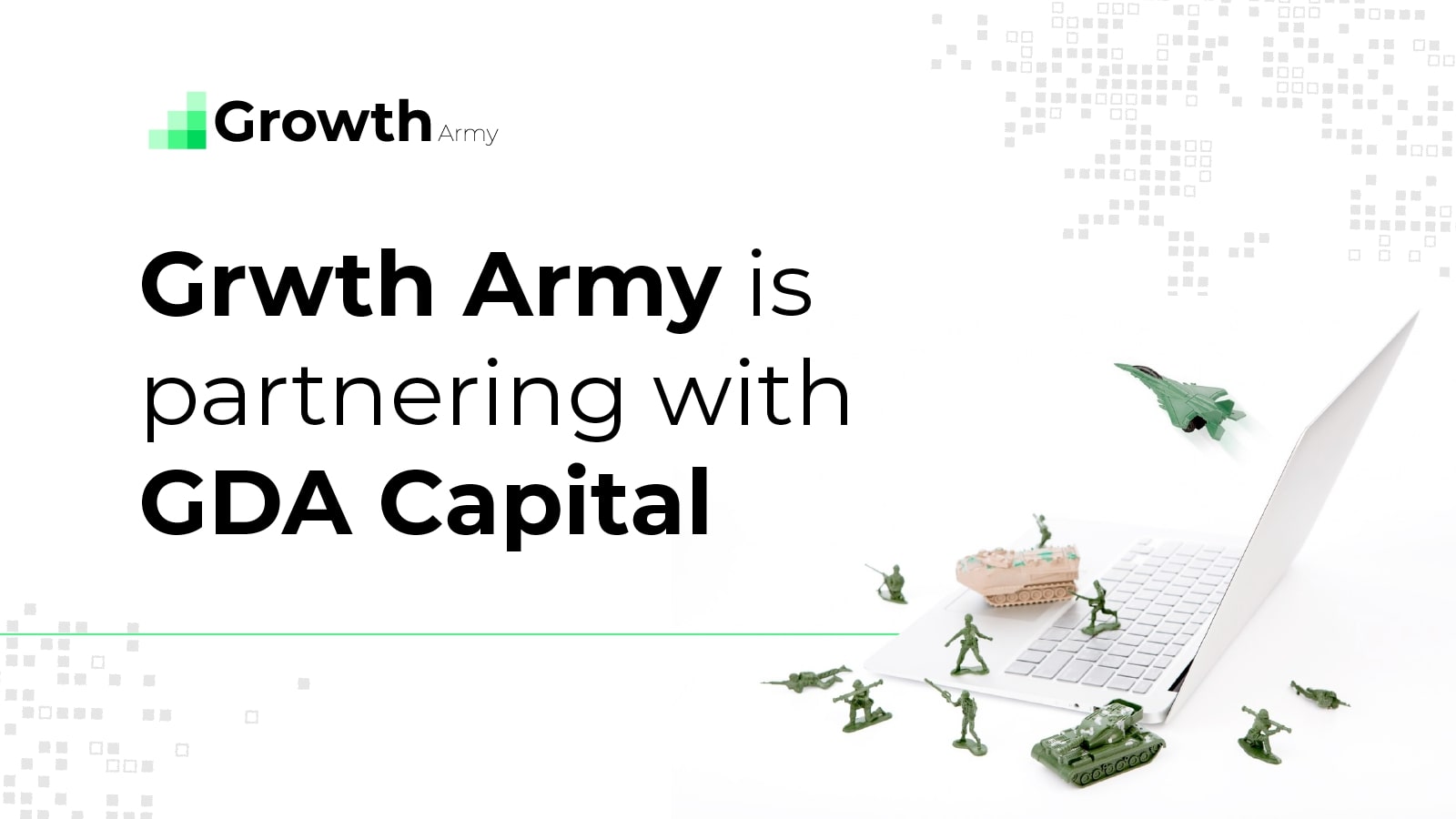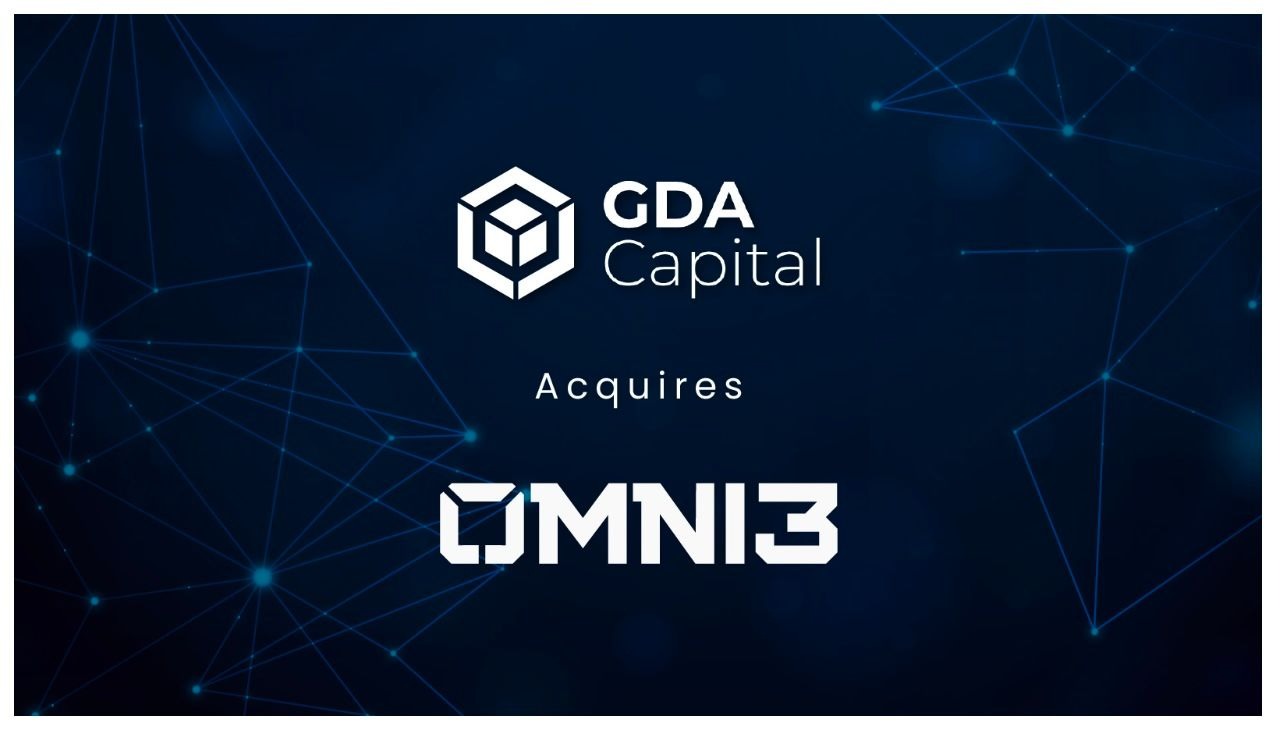Is Tether really backed by cash?
Since its inception in 2014, Tether has been as controversial as it has been popular. The most widely used stablecoin was often criticized for lacking transparency. While the company claimed its USDT token was backed by U.S. dollars 1:1, it refrained from providing proof of its holdings. This week, it finally published a breakdown of its underlying collateral, which has answered some pertinent questions but raised even more.
Here’s a closer look at Tether’s recent report and its implications for the wider digital assets industry.
Tether’s collateral
As with any stablecoin, the value is derived from an underlying asset or currency. In Tether’s case, that underlying collateral is the U.S. dollar. Each USDT token was meant to be backed by individual dollars to help bolster the confidence of investors and traders who used the tokens.
Since Tether accounts for a substantial portion of daily crypto trading volume and is worth $60 billion in aggregate, the token and its underlying collateral are both integral parts of the global digital assets infrastructure. However, Tether’s reserves were never made public and couldn’t be independently verified by the traders and investors who relied on it.
In 2019, the company modified its claim that the tokens were backed by “reserves,” instead of “dollars.” That was seen as an admission that the tokens were backed by cash equivalents or other derivatives. In February, the company hired a Cayman Islands-based accounting firm, Moore Cayman, to publish a report that claimed the company had at least $35.28 billion in total assets against total liabilities of $35.15 million.
However, as part of a settlement with the New York District Attorney’s office, Tether has now published a full breakdown of its underlying assets. Here it is:
Source: Tether
Cash and cash equivalents are just 75.85% of total reserves, which is already well below the 100% some traders had expected. However, of that segment only 3.87% is actual cash. Which implies that each USDT token is backed by just 2.9% of real U.S. dollars.
The rest is a mix of Treasury bills, repo notes, fiduciary deposits and precious metals. A portfolio of assets, with some level of counterparty risk because Tether hasn’t mentioned who issued the ‘commercial paper’ that constitute the majority of its reserves.
This degree of convolution undermines investor trust. It seems likely that other competitors could emerge with greater transparency.
Emerging competitors
Emerging U.S. dollar stablecoins promise greater transparency. The most popular rivals to Tether are USDC, Binance USD, Dai and Paxos Standard. The companies that manage these, such as Circle and Gemini, say they are committed to regular updates that verify their reserves. Gemini’s GUSD, for instance, is FDIC insured up to $250,000 per user.
Regulators are stepping in too. The proposed “STABLE Act” would compel stablecoin issuers to obtain a banking license.
Takeaway
Tether’s complicated and insufficient reserves highlight a key challenge of stablecoins – trust. Emerging rivals and stronger regulations could plug this gap and bolster investor confidence in the future.



